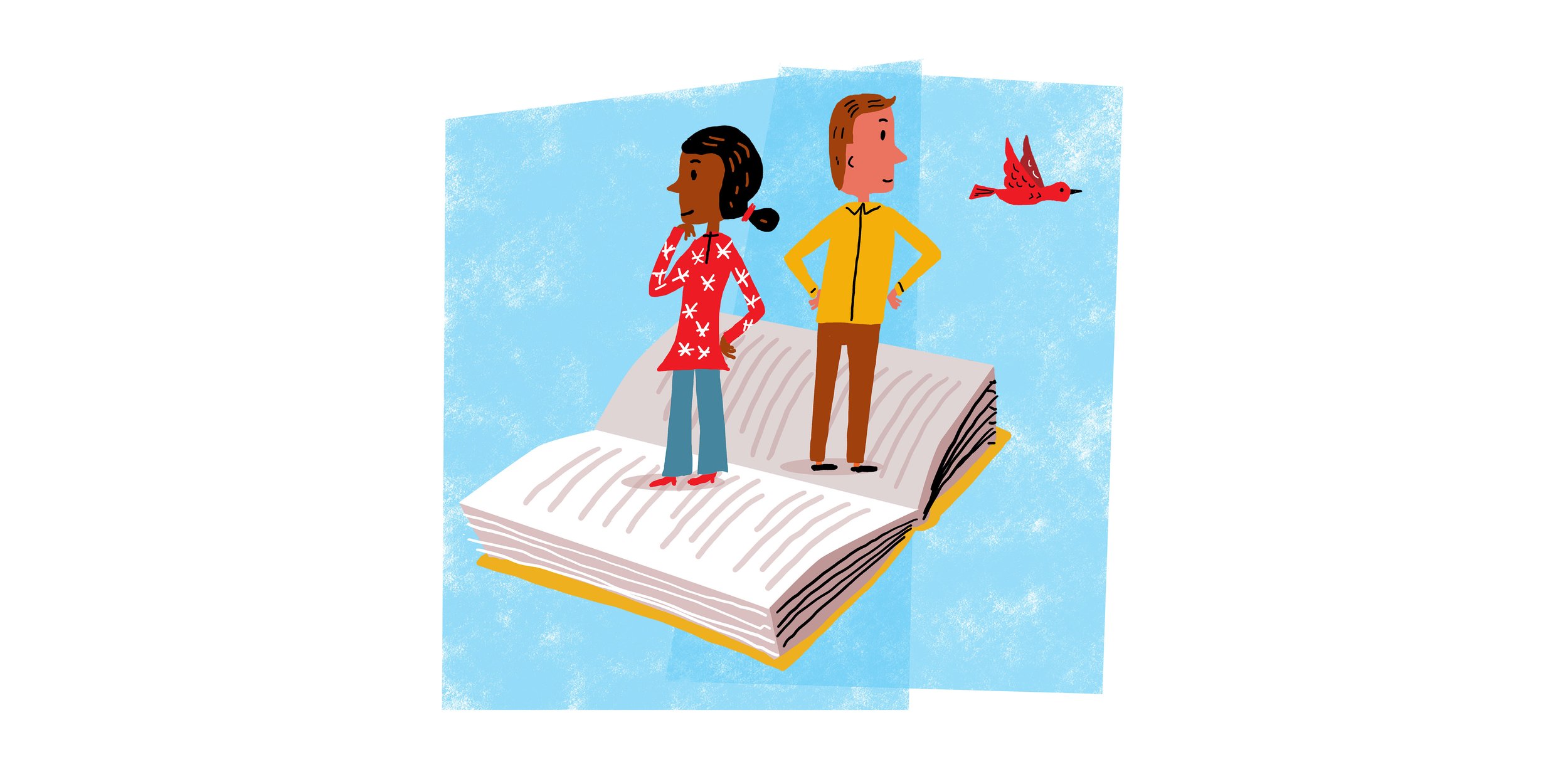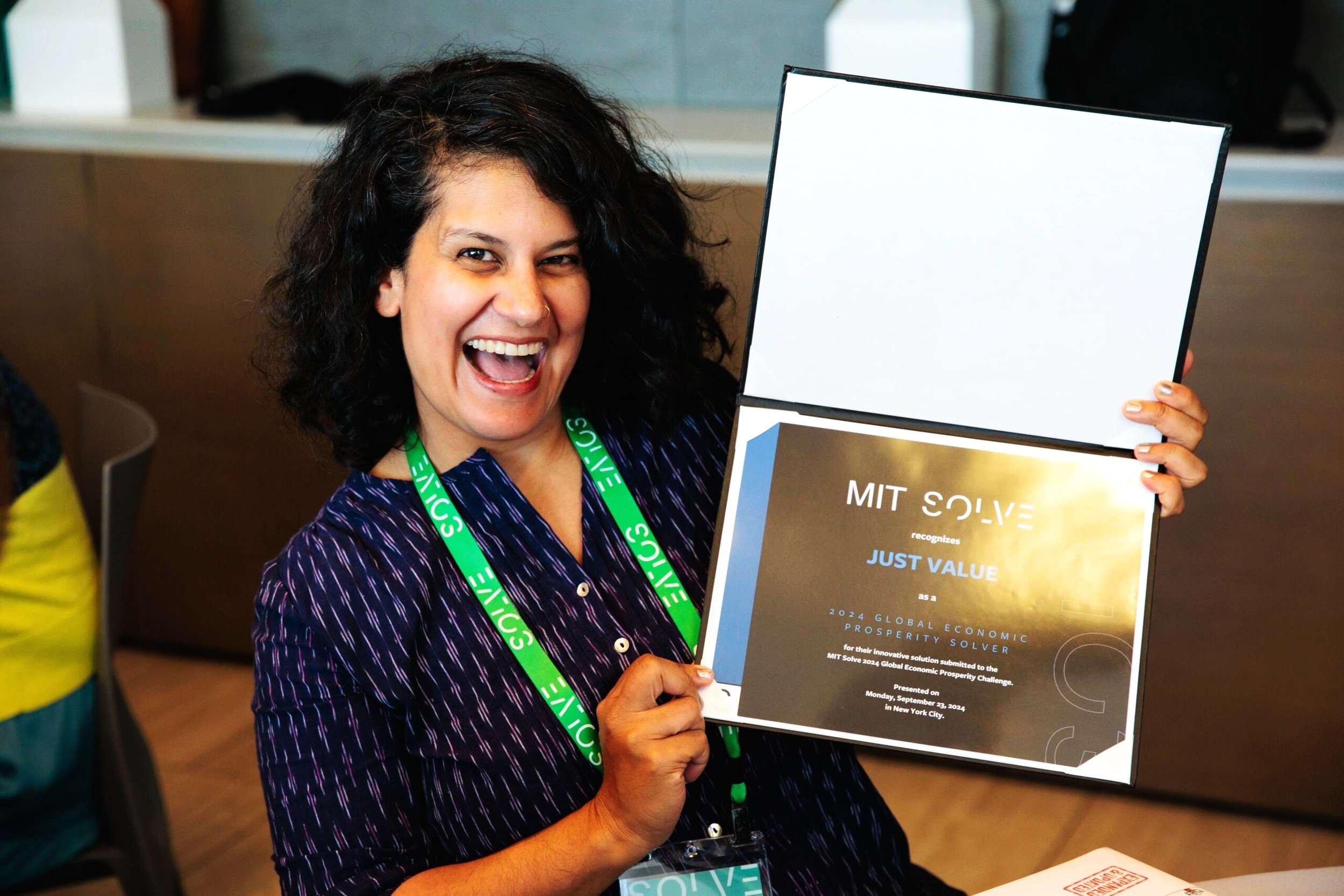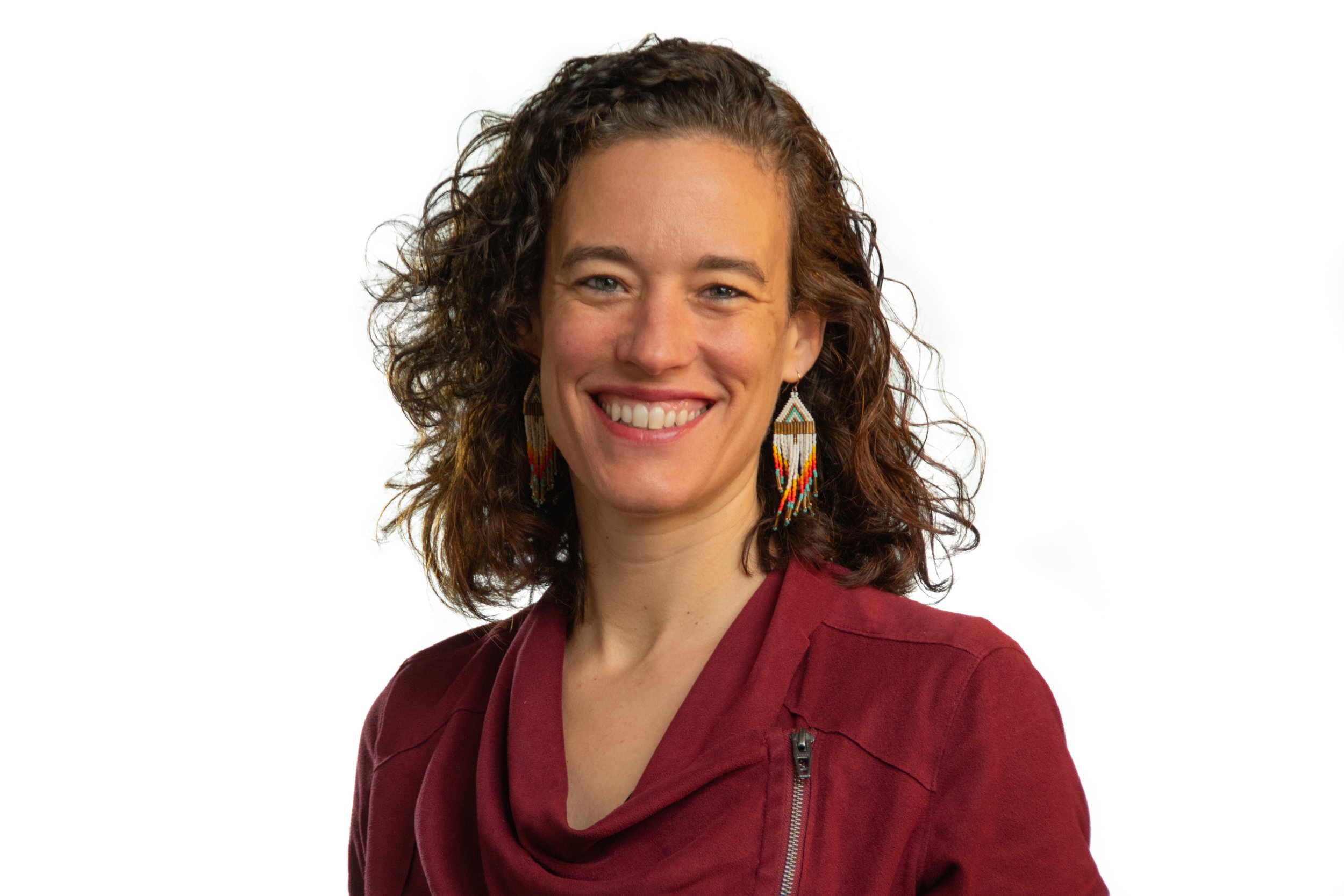D is for dyslexia
After years of struggling in school, and a misdiagnosis of ADHD at a young age, Dylan Smith was finally diagnosed with dyslexia at the age of 16. By contrast, most people learn they are dyslexic in elementary school, when they fall behind when beginning to read.
After his diagnosis, Smith became one of the 5 to 15 percent of Americans—14.5 to 43.5 million children and adults—who have dyslexia, which also is referred to as reading disability, reading difference, or reading disorder.
Smith, now 22, said he’ll never forget the moment he learned of his diagnosis.
“My stepfather looked me in my eyes and said, ‘Hey, Dylan, we found out you have dyslexia. Are you ready to work for this?’ At that point, I was so sick of being the stupid kid. I was so sick of being the underdog. I was so sick of not knowing what was going on in my classes and failing my classes. I told him I would do whatever it takes. I wanted to move forward with my life and grow.”
And that’s exactly what he did. Smith threw himself into his studies and gained new skills to manage his learning difference. He went to school early and stayed late. With determination and a correct diagnosis, Smith was able to raise his grades enough to graduate on time. After graduation, he became an IT specialist working with financial firms to help them install new technology and keep it functioning properly.
He has found that IT work comes much more easily to him than school ever did and his enthusiasm for his work is clear. But Smith couldn’t stop thinking about how difficult his path to success had been. He wondered how he could help others avoid some of the struggles he faced.
“I remember walking across the stage at my high school graduation and thinking, ‘I just accomplished the impossible,’” Smith recounted. “There’s no way that I’m the only one that went through something like that. And now that I know the steps to be successful with dyslexia—to graduate with your peers when you were really behind and be able to read confidently—how can I have all those answers and not give them to people? I’m holding tools that they can use to stop the stress, stop the doubt.”
His desire to help others inspired Smith to start his own organization: D is for Dyslexia. After his 9-to-5 job, Smith often works another eight hours a day creating content to build awareness. He shares educational and inspirational videos, records his own podcast, serves as a guest speaker on related podcasts, and fields requests for interviews and speaking engagements.
His goal is to eventually make public speaking his full-time role, because that’s where he sees the most impact. Through his speeches at schools, Smith raises awareness about what it’s like to be dyslexic in school. He suggests ways school administrators can better support dyslexic students, and helps non-dyslexic students better understand their peers in order to reduce bullying. Most of all, he inspires dyslexic students to believe in themselves.
Ultimately, Smith hopes to drive lasting change in education and encourage a more flexible approach that gives every student the attention and support they need. That starts, he said, by making schools more aware of what students really go through—particularly those who don’t fit the traditional mold.
Asked to share his top advice or encouragement for dyslexic students, Smith didn’t hesitate.
“The words may be backwards, but you’re not,” Smith replied. “Nothing is impossible. And, most importantly, you’re not alone.”
***
Interested in inviting Dylan Smith to speak at your school or event? Get in touch.




